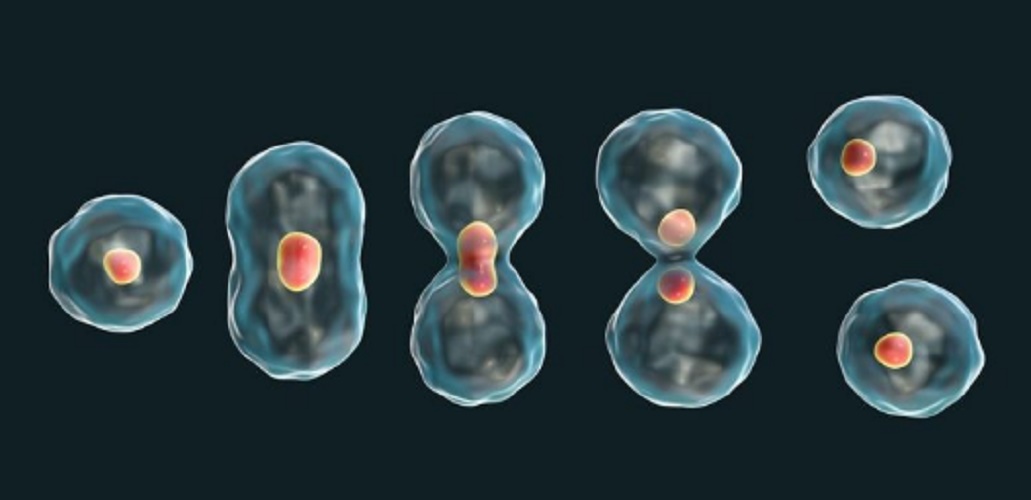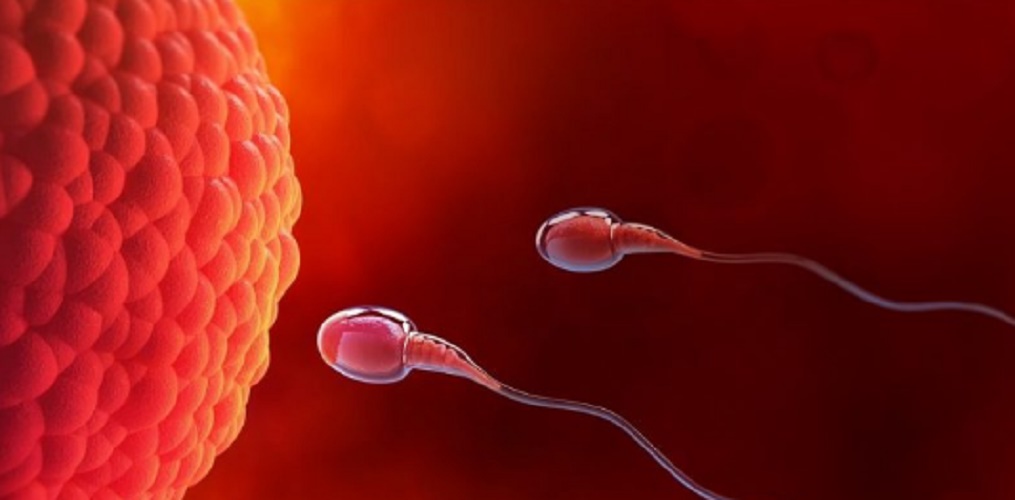What is mitosis?
We explain what mitosis is and the different phases of this form of reproduction. Also, what is meiosis?
-
What is mitosis?
Mitosis is called the most common form of asexual reproduction of eukaryotic cells , that is, those endowed with a nucleus where their entire genetic material resides. This process takes place when a single cell is divided into two identical, endowed with the same DNA, so it does not provide genetic variability except in case of point mutations.
Mitosis is a common cellular process, which occurs even among the cells of the human body and other multicellular animals, since it is the way to repair damaged tissue, or to increase the size of the body (growth). The total reproduction of the individual, on the other hand, is produced by gametes and is called meiosis.
The primary task of mitosis is, of course, cell multiplication, but also the intact preservation of genetic information, through identical copies (clones). This does not prevent damage or copying errors in the DNA during the replication process, especially in the initial stages, which leads to more or less dangerous mutations.
It should be considered that mitosis is a traumatic cellular process, that is, that forces the cell to undergo a series of changes and interrupts its normal functioning for a period of time.
Many unicellular organisms use mitosis to reproduce. It can also occur in the form of endomitosis , when a cell divides internally, without completely separating its cytoplasm and without dividing its nucleus , in a process also known as endoreplication, and that throws cells with many copies of the same chromosome into the same core.
-
Phases of mitosis

Mitosis is a complex process that can be divided into phases, which are:
- Interface . The first phase, supposes a momentary suspension in the tasks of the cell, while it dedicates its energies to double its content: duplicate its DNA chain, duplicate its organelles, to have twice everything before division.
- Prophase . Then the envelope of the cell nucleus begins to break, as the centrosome is also doubled and each of the two resulting migrates to a different end of the cell, to serve as polarity in the division, forming filamentous structures called microtubules that will serve to separate the chromosomes .
- Prometaphase . The nuclear envelope dissolves and the microtubules invade the space where the genetic material is, to initiate separation into two distinct sets. This process consumes energy in the form of ATP .
- Metaphase . This is the control point of mitosis, where chromosomes are separated one by one from the genetic material, lining up in the middle of the cell (equator). This phase does not end until all the chromosomes have detached and are aligned, each responding to a specific set of microtubules, so as to avoid repetitions.
- Anaphase . It is the crucial stage of mitosis, as the two chromosomal sets begin their estrangement and make up two whole sets separately. This occurs thanks to the elongation of the microtubules that promote separation, pushing the genetic material and the centrosomes towards opposite poles of the cell, which begins to expand by pressure.
- Telophase . Here the processes of prophase and promethaphase are reversed, as the microtubules continue to stretch and push the cell from the inside in two opposite directions. Each group of chromosomes recovers its nuclear envelope, from the remaining fragments of the original, and culminates the karyokinesis (nuclear division).
- Cytokinesis . The event that culminates mitosis, consists in the creation of a groove of excision in the common cytoplasm of the two new cells, just in the place where the chromosomes were aligned (metaphase plate). The cytoplasm is thus strangled until the membrane allows total separation and the definitive birth of two daughter cells identical to the original mother.
-
Meiosis

Meiosis is a process at times similar to mitosis, but that distinguishes itself from it in being a combinatorial, sexual mode of reproduction , which introduces genetic variation and results in a new single genome individual, rather than two individuals who They share genome.
The sexual reproduction of the human being and other animals responds to this process, which requires the union of two gametes (instead of a single stem cell): cells that contain half of the genetic load of the whole individual, and that when combined with that of the other gamete (ovules and spermatozoa), the entire DNA is restored, after passing some random recomposition phases.
This method of reproduction is the most convenient for life , since it does not produce clones of the parent, but a totally new individual, bearer of fragments of the genome of each of his parents.





